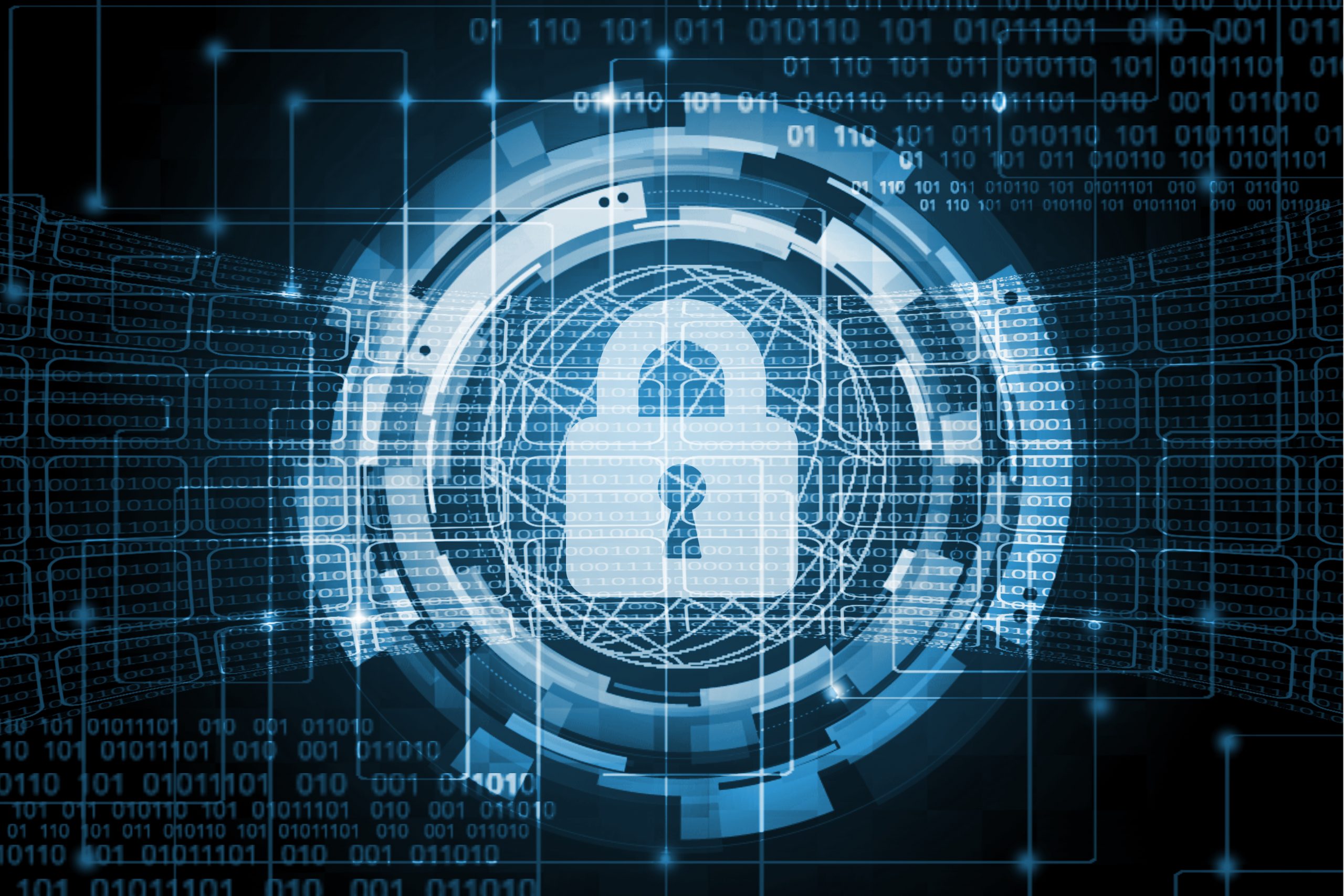Industrial Cybersecurity Is Key As Organizations Navigate The Fourth Industrial Revolution
Industry 4.0 Opens New Opportunities and Potential Vulnerabilities
The Fourth Industrial Revolution – otherwise known as Industry 4.0 – is transforming the industrial landscape and opening up a whole new realm of possibilities. Whether its smart cities, intelligent systems and devices, or industrial robotics and automation, Industry 4.0 is dramatically reshaping the way we do things.
One of the key technologies enabling this transformation has been the Industrial Internet of Things (IIoT), which allows for sensors, devices and machines to interconnect and work in unison. In turn, it is the Big Data these interconnected devices are producing which serves as fuel for intelligent digital applications, powered by AI and machine learning.
Single-Pair Ethernet (SPE) Enabling IIoT
In this space, Interplex is playing its part in the adoption and acceleration of IIoT, through our innovations with Single-Pair Ethernet (SPE), a key underlying technology for IIoT deployments.
With the growing demand for fast and reliable transmission of data, SPE was designed to meet the needs of industrial manufacturing users, who were concerned with connecting to low-speed devices such as sensors, relays and other applications.
SPE provides reliable power to sensors and delivers high-performance transmission of data through Ethernet over a single pair of wires from applications to cloud. In fact, SPE is widely considered to be the backbone for industrial IoT.
Vulnerabilities in Industrial Control Systems (ICS)
But while smart industrial systems are set to be the future, their interconnectedness makes them prone to cyberattacks too. In industrial cyber attacks, hackers are often targeting the Industrial Control Systems (ICS) of critical infrastructure (CI), such as power plants and utilities.
ICS are industrial automation systems responsible for data acquisition, visualization and control of industrial processes. ICS communicate with interconnected field devices, such as electrical sensors and actuators that work together to monitor, control and achieve industrial processes.
According to a 2021 study conducted by cybersecurity firm Fortinet, more than 90% of 1,000 organizations surveyed – coming from the manufacturing, energy and utilities, healthcare, and transportation sectors – said they experienced some sort of cyber incident in the past year.
From the same report, 12% said they had experienced more than 10 incidents in the past year. Meanwhile, more than half of respondents said their incident resulted in an operational outage, while 45% said it resulted in an operational outage that had put physical safety at risk.
A few prominent examples of the many industrial cyber attacks in recent years, include the recent cyber attack on the Colonial Pipeline – which led to fuel shortages on the East Coast of the United States – and on the compromise of a water treatment facility in Florida – in which cyber attackers dangerously changed the chemical levels of the water supply.
The Rise of Industrial Cybersecurity

As many Critical Infrastructure (CI) organizations modernize their processes by integrating them to online networks, they become increasingly vulnerable to cyber threats. And this is where industrial cybersecurity comes in to secure critical infrastructure, prevent operational disruptions and ensure consistency of industrial processes.
Industrial cybersecurity – also known as Operating Technology (OT) cybersecurity – is a specialized field that requires deep expertise and knowledge in software and hardware, in both IT cybersecurity and industrial control systems.
In recent years OT cybersecurity has increasingly come to the fore. For example, the US Department of Energy completed a 100-day ‘cyber sprint’ in 2021 to protect electricity operations. In Asia, forward-thinking Singapore released their OT cybersecurity masterplan in 2019 to shape the national response in this important field.
Experts point to the trifecta of People, Process, and Technology, as the key areas where change is needed. When it comes to People, there is a need for engineers working on OT systems to be trained on cyber threats and its mitigating measures.
For Process, organizations must have governing processes in the form of policies, standards, guidelines and procedures in place to ensure a coordinated response to OT cyber threats. Last for Technology, there is a need to update legacy OT infrastructure, as well as implement cybersecurity-by-design in new systems and devices.
For industrial organizations to reap the full benefits of Industry 4.0, there is a need to rethink their existing security protocols and implement OT cybersecurity best practices to secure their installations and operations from potential cyber threats.
Looking To The Future
Today, many owners and operators of industrial systems are still coming to terms with the new threat landscape. Many such systems are running on legacy hardware and software, which does not easily allow for integration of modern OT cybersecurity defense systems and controls.
At the same time, many owners and operators are under pressure to connect their existing industrial control systems to enjoy the benefits of digitalisation and automation – plugging into Industry 4.0 – while not realizing the inherent cyber risks these new interconnectivity introduces.
With the number of new cyber threats and vulnerabilities being discovered each year, there is a need for industrial engineering and cybersecurity teams to stay on top of cyber threat developments, while leveraging on breakthrough technologies such as SPE for their IIoT deployments.
Industrial organizations can stay ahead of threats by being proactive in their security. Leave no part of your network unprotected, or otherwise risk your business and customers becoming victims of the next massive attack.
For more information
For more information, visit our Information & Communications Technology webpage or email us at communications@interplex.com.




